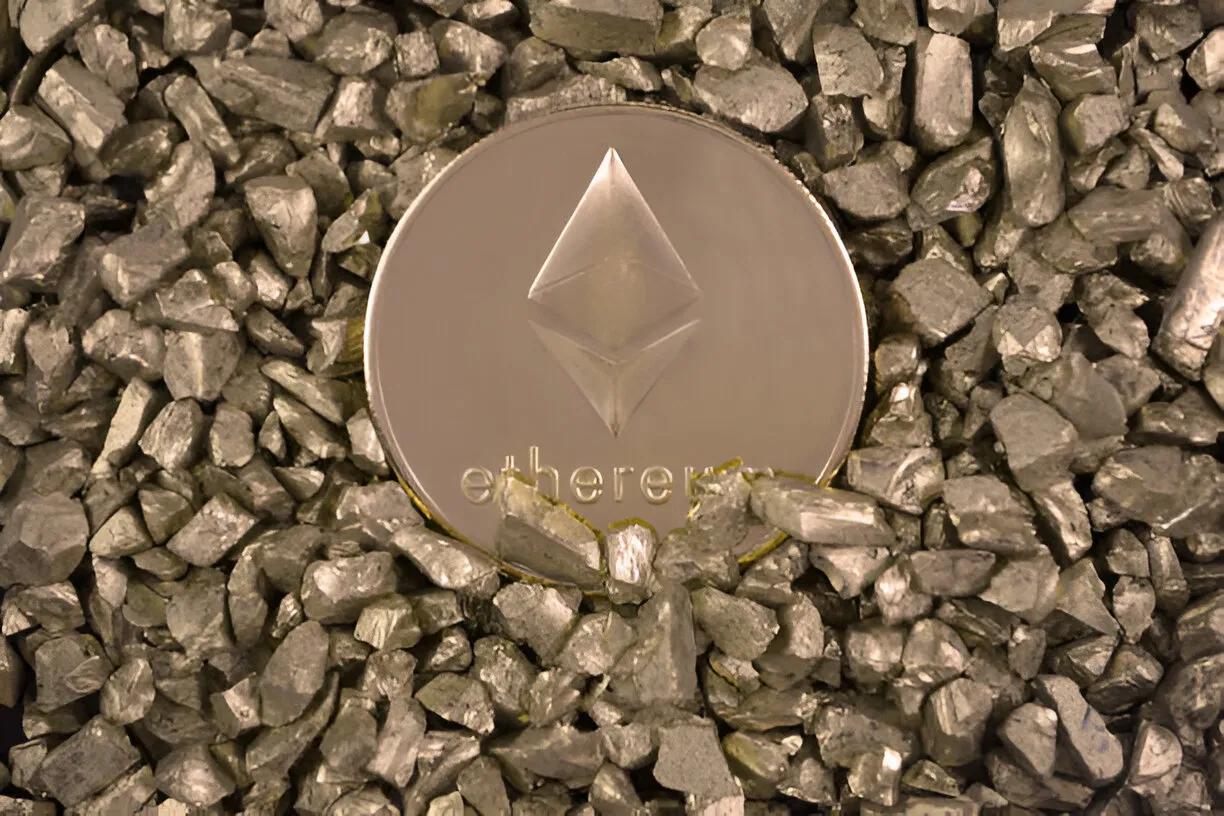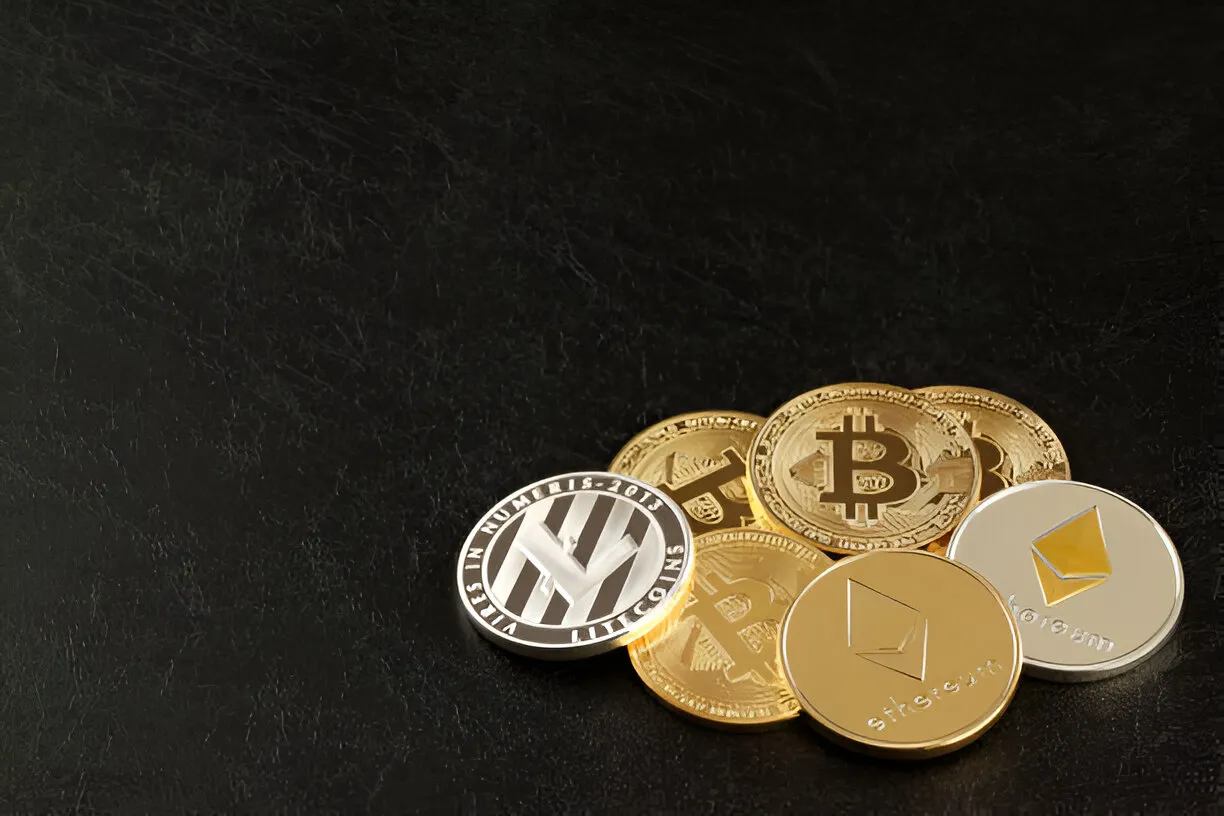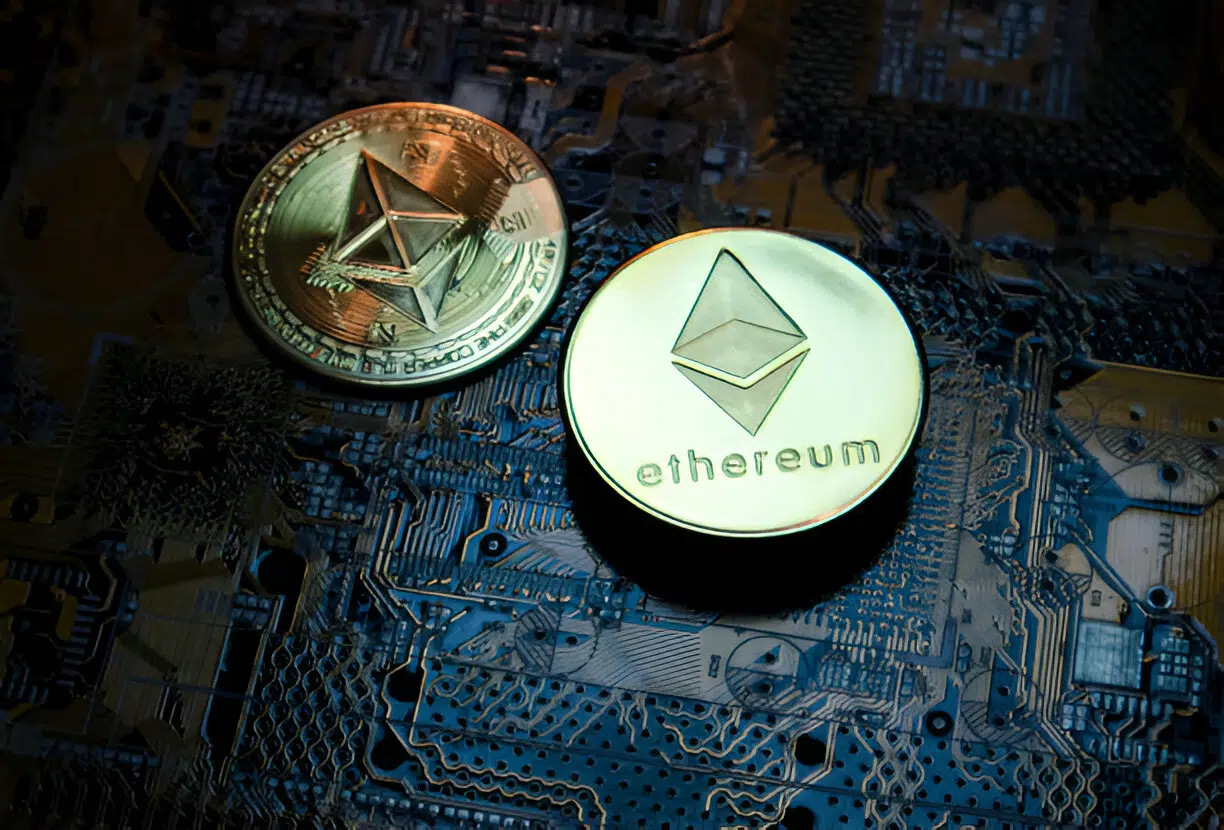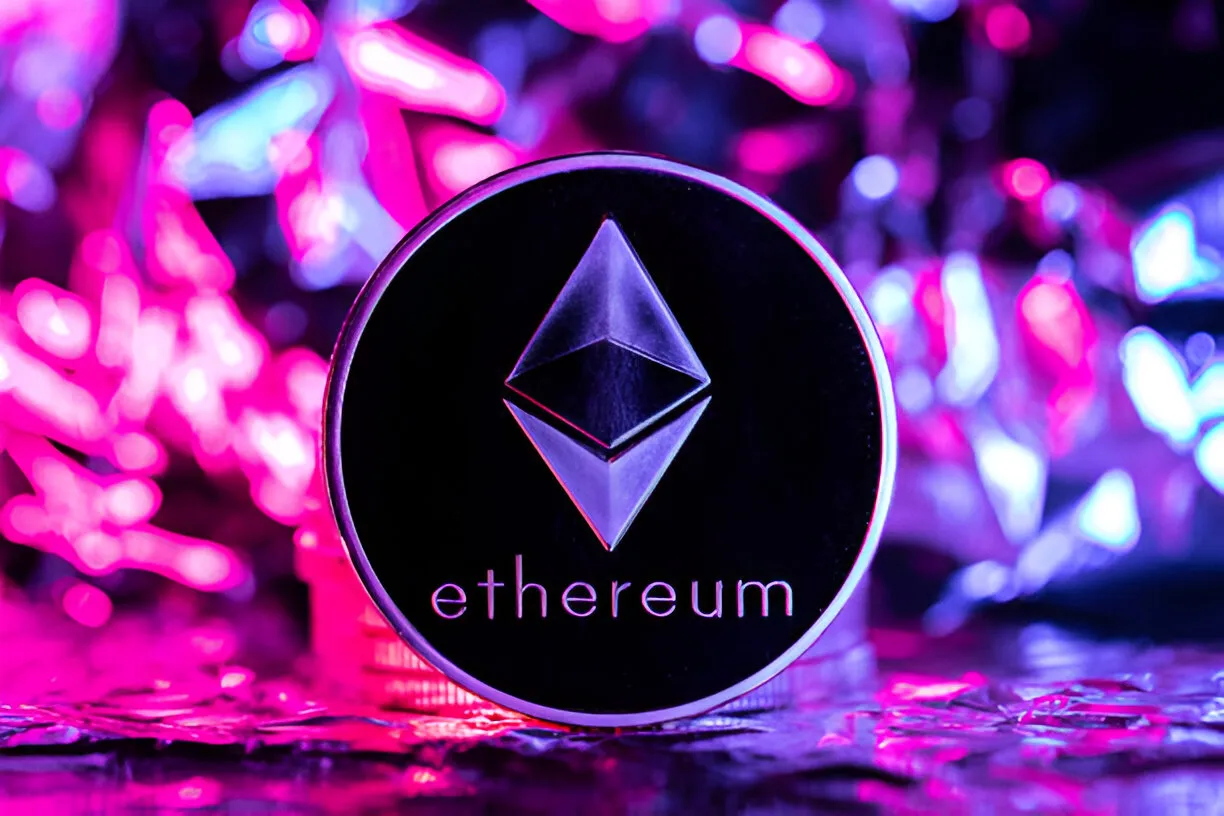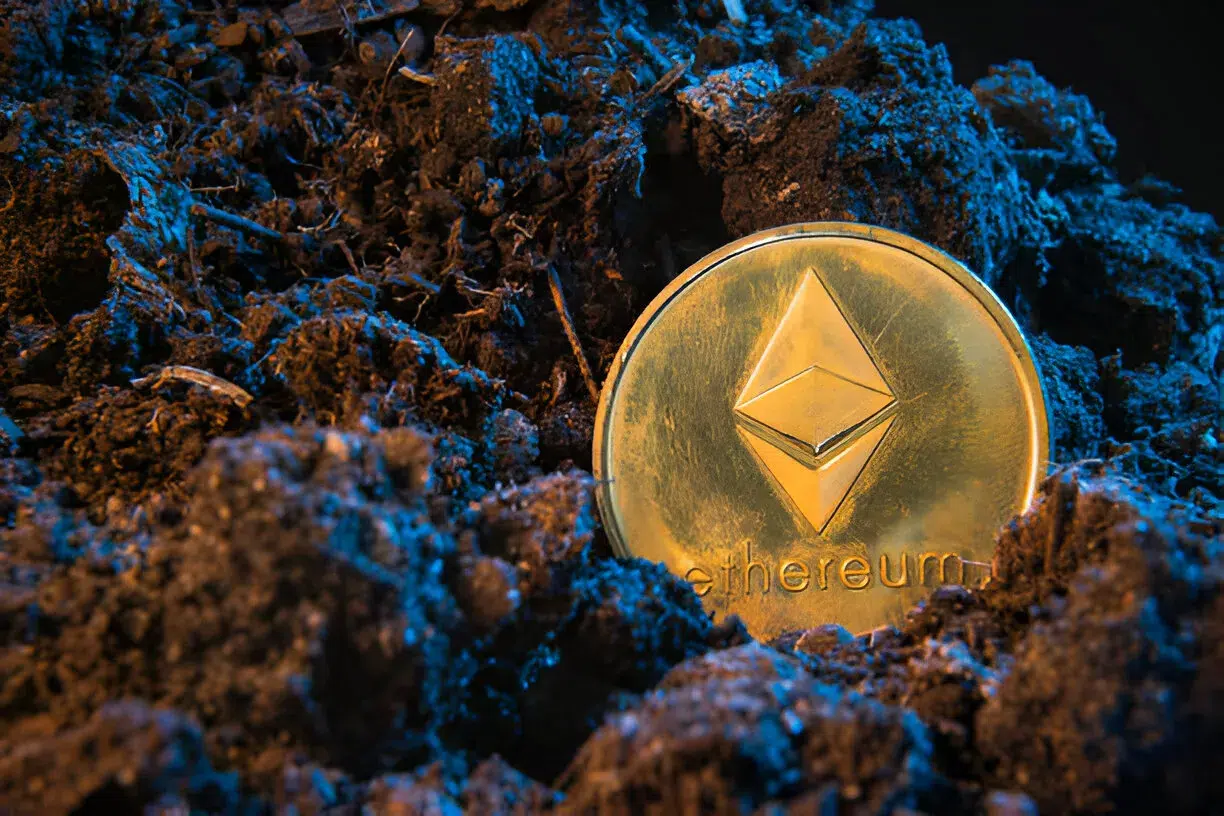When did Ethereum start? It’s a question that often arises among newcomers curious about the origins of one of the most influential blockchain platforms in the world.
Whether you’ve encountered Ethereum through NFTs, decentralized applications, or cryptocurrency investments, understanding its beginnings helps you grasp how this revolutionary technology came to be.
In this article, we’ll explore when Ethereum began, who created it, and how it evolved into the powerhouse it is today.
We’ll also revisit the key phrase when did Ethereum start throughout the piece to reinforce its importance and relevance.
What Exactly Is Ethereum?
Before diving into the timeline of when Ethereum started, it’s essential to understand what Ethereum actually is.
Ethereum is a decentralized, open-source blockchain that enables developers to build and deploy smart contracts and decentralized applications (DApps).
While Bitcoin was designed solely as a peer-to-peer digital currency, Ethereum expands on that idea, acting more like a global computing platform.
Some of Ethereum’s primary capabilities include:
-
Creating and executing smart contracts
-
Hosting decentralized applications (DApps)
-
Enabling NFT creation and trading
-
Powering blockchain-based games
-
Facilitating decentralized finance (DeFi) platforms
Because of these wide-ranging functions, many people are eager to understand when did Ethereum start and how it became such a vital part of the crypto ecosystem.
The Genesis of an Idea
To answer the question when did Ethereum start we must first look at the inception of the idea behind it. The concept of Ethereum was first introduced by Vitalik Buterin in late 2013.
Buterin, a gifted programmer and early Bitcoin enthusiast, recognized the limitations of Bitcoin’s scripting language.
He envisioned a more flexible blockchain one that could support a wide variety of decentralized applications through built-in programming capabilities.
In December 2013, Buterin released a white paper that outlined this new approach. It proposed a blockchain with a fully functional programming language, which would enable developers to build anything from voting systems to financial instruments, all without relying on third-party intermediaries.
So, when did Ethereum start? In terms of conception, the seed was planted in 2013.
Vitalik Buterin’s Vision
Vitalik’s ambition was simple yet transformative: to create a platform where developers could deploy smart contracts self-executing programs that run precisely as coded, without the possibility of downtime, fraud, or interference.
This concept extended blockchain technology far beyond financial transactions. Ethereum would serve as a foundation for decentralized governance, automated business logic, and global innovation.
With this vision in mind, the groundwork for Ethereum was laid. But the journey from concept to launch required both funding and collaboration.
The Official Launch of Ethereum
So, when did Ethereum start officially?
Ethereum’s official launch occurred on July 30, 2015. This marked the deployment of the Ethereum blockchain’s first live version, known as “Frontier.”
Frontier was an early, minimally viable version of Ethereum intended primarily for developers to begin building and testing decentralized applications.
Nonetheless, it was a functional blockchain network, and it allowed participants to begin using Ethereum’s native token, Ether (ETH), for transactions.
Therefore, if someone asks, “When did Ethereum start?”, the correct and widely recognized answer is: July 30, 2015.
How Was Ethereum Funded?
Bringing Ethereum to life required financial backing. In mid-2014, prior to its launch, the Ethereum team conducted a public crowdsale, often referred to as an Initial Coin Offering (ICO).
During this event, early supporters could purchase ETH tokens in exchange for Bitcoin. The campaign was a success raising over $18 million USD, making it one of the largest crowdfunding events at the time.
Each participant effectively pre-purchased ETH, betting on the potential of the platform. At the time, the price of ETH was under $1.
So, not only is it important to ask when did Ethereum start, but also how it started and the answer involves a remarkably successful community-driven fundraising effort.
Who Were the Key Contributors?
While Vitalik Buterin was the face and mind behind Ethereum’s creation, he was not alone in bringing the project to fruition. Several co-founders and contributors played significant roles in its development.
Notable figures include:
-
Gavin Wood – Author of the Ethereum Yellow Paper and creator of Solidity, Ethereum’s smart contract programming language.
-
Joseph Lubin – Provided early funding and later founded ConsenSys, an Ethereum-focused software company.
-
Charles Hoskinson – Participated in early development and went on to found Cardano, another blockchain platform.
-
Mihai Alisie, Anthony Di Iorio, and Amir Chetrit – Early team members who contributed to the Ethereum Foundation and community building.
Thanks to their collective efforts, Ethereum officially began in 2015 and continues to evolve under the guidance of a global development community.
Major Milestones in Ethereum’s Development
Since its inception, Ethereum has undergone several major upgrades and faced pivotal moments that have shaped its trajectory. Here are a few of the most critical:
1. Homestead (March 2016)
Homestead marked Ethereum’s first significant network upgrade. It enhanced network stability and security, signaling that Ethereum had matured beyond its experimental beginnings.
2. The DAO Hack and the Ethereum Fork (2016)
In June 2016, a decentralized autonomous organization (The DAO) built on Ethereum was exploited, resulting in the theft of approximately $60 million worth of ETH. In response, the Ethereum community chose to implement a hard fork to reverse the theft.
This controversial decision led to the creation of two blockchains:
-
Ethereum (ETH) – The revised, community-backed version.
-
Ethereum Classic (ETC) – The original chain, maintained by purists who opposed the rollback.
This event occurred just a year after people first started asking when did Ethereum start, highlighting the rapid development and complexity of the ecosystem.
3. Metropolis Phase (2017–2019)
This stage included two major upgrades: Byzantium and Constantinople. These improved scalability, security, and privacy, helping Ethereum prepare for larger-scale adoption.
4. Ethereum 2.0 and The Merge (2022)
In September 2022, Ethereum transitioned from a Proof of Work (PoW) consensus mechanism to Proof of Stake (PoS). Known as “The Merge,” this shift drastically reduced Ethereum’s energy consumption by over 99%.
This was a transformative moment so significant that many users revisited the question: when did Ethereum start? Reflecting on how far it had come since 2015 added deeper appreciation for its progress.
Why Did Ethereum Become So Popular?
Several unique features contributed to Ethereum’s rise in popularity:
-
Smart Contracts: Enabled programmable agreements without third parties.
-
NFTs (Non-Fungible Tokens): Powered the digital art and collectibles boom.
-
DeFi (Decentralized Finance): Created alternatives to traditional banks and financial institutions.
-
Gaming and Metaverse Projects: Enabled players to earn and trade tokens within blockchain-based games.
-
Developer Ecosystem: A vibrant community continuously builds new tools and applications on Ethereum.
Ethereum’s flexibility and potential explain why the question when did Ethereum start remains relevant to this day.
Ethereum vs. Bitcoin: A Comparison
While both platforms are based on blockchain technology, Ethereum and Bitcoin serve distinct purposes.
| Feature | Bitcoin | Ethereum |
|---|---|---|
| Launch Year | 2009 | 2015 |
| Primary Use | Digital Currency | Smart Contracts + DApps |
| Consensus | PoW | PoW → PoS (2022) |
| Speed | Slower | Faster |
| Token Name | BTC | ETH |
| Flexibility | Limited | Highly Programmable |
Bitcoin pioneered blockchain technology, but Ethereum significantly expanded its use cases.
What Is ETH?
ETH is Ethereum’s native cryptocurrency. It’s essential for interacting with the Ethereum network.
You need ETH to:
-
Pay gas fees (transaction costs)
-
Deploy and run smart contracts
-
Mint or trade NFTs
-
Use DApps and games
When Ethereum started, ETH traded for less than $1. Today, its value fluctuates with market conditions, but it has consistently remained one of the top digital assets in the world.
Fascinating Facts About Ethereum
Here are a few interesting tidbits that highlight Ethereum’s uniqueness:
-
Ethereum was conceptualized by a 19-year-old.
-
It powers the majority of NFTs and DeFi applications.
-
Over 400,000 smart contracts have been deployed on the network.
-
At one point, a game called CryptoKitties congested the network due to high demand.
-
Ethereum remains the most actively used blockchain platform for developers.
And all of this began with one core question: when did Ethereum start?
What’s Next for Ethereum?
Ethereum’s roadmap is ambitious and forward-looking. Several major improvements are on the horizon:
-
Layer 2 Solutions: These will enable faster and cheaper transactions.
-
Sharding: A technique that will significantly increase network scalability.
-
Continued Decentralization: Ongoing efforts to ensure Ethereum remains open and trustless.
Even though Ethereum officially began in 2015, it continues to evolve. Its journey is far from over.
Why Ethereum Matters
Whether you’re an investor, a developer, or simply curious, Ethereum matters because it’s reshaping the digital world.
Here’s why you should pay attention:
-
It enables people to earn income through NFTs and blockchain gaming.
-
It promotes financial inclusion through DeFi platforms.
-
It supports innovation by letting developers build freely.
-
It’s creating a decentralized future where users have more control.
Understanding when did Ethereum start is a starting point to appreciate the broader impact it has made.
Conclusion
To recap:
-
When did Ethereum start? → July 30, 2015
-
The idea originated in 2013 with Vitalik Buterin.
-
It was funded by a $18 million crowdsale in 2014.
-
Ethereum has become the leading platform for smart contracts and decentralized applications.
Ethereum began as a visionary idea and has matured into a foundational technology for the modern internet. It has redefined what’s possible in the digital space and its story is still unfolding.
So the next time someone asks you, “When did Ethereum start?” you’ll not only know the date, but also the full significance of what began that day.


